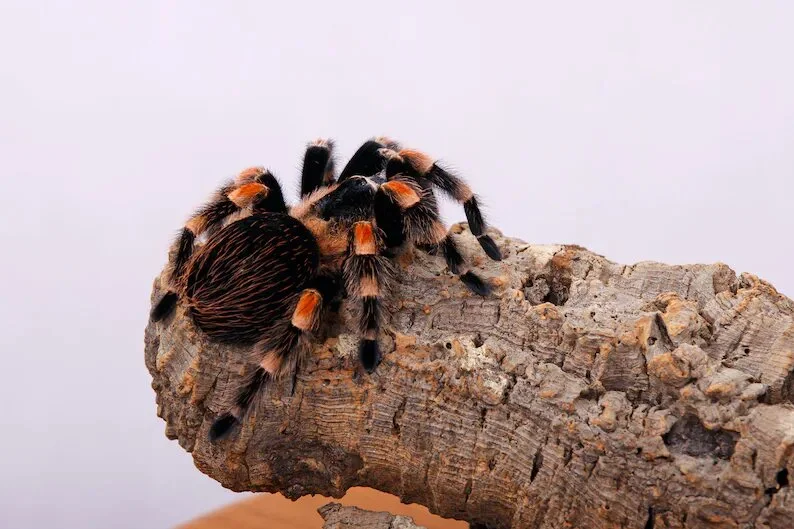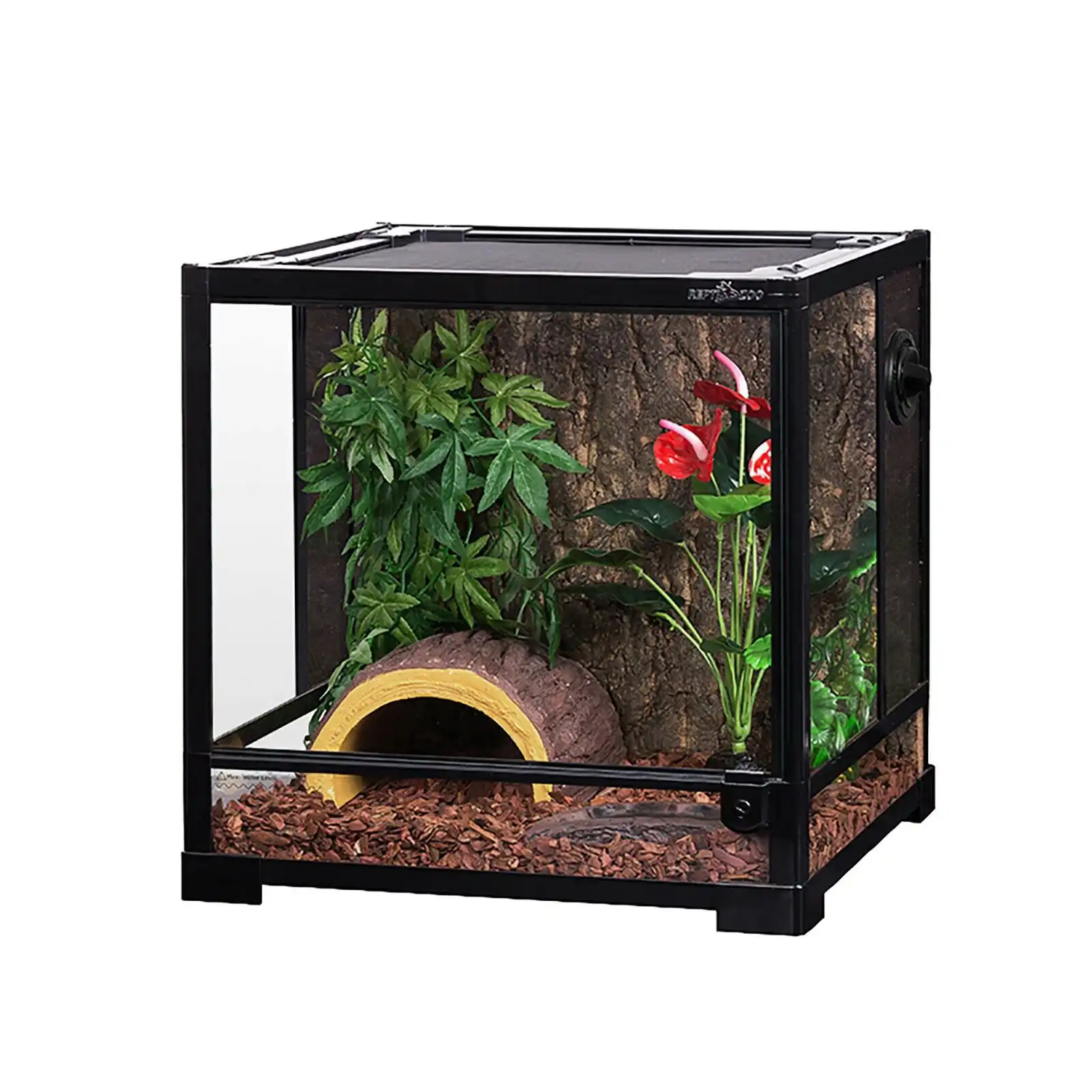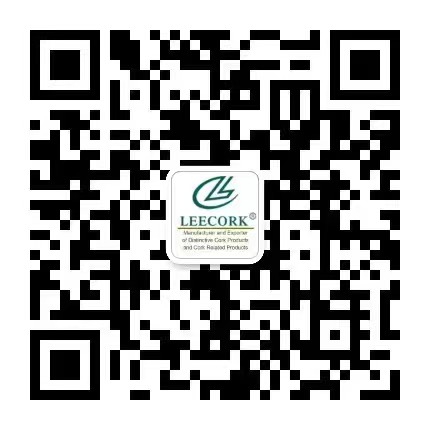How Does Cork Bark Contribute to Sustainable Forestry?
2025-08-19 16:23:56
Cork bark, the versatile and eco-friendly material harvested from cork oak trees, plays a pivotal role in sustainable forestry practices. This remarkable resource contributes significantly to environmental conservation while supporting local economies. The unique properties of cork bark allow for its harvesting without harming the trees, creating a renewable cycle that spans generations. From protecting biodiversity to sequestering carbon, cork oak forests are at the forefront of sustainable land management. By exploring the multifaceted benefits of cork bark harvesting, we can appreciate its crucial role in promoting ecological balance and economic sustainability in Mediterranean ecosystems.

Cork Harvesting: A Renewable Resource Cycle
The harvesting of cork bark is a time-honored practice that exemplifies sustainable resource management. Unlike many other forestry products, cork can be harvested without felling trees, allowing cork oaks to continue growing and producing bark for over 200 years. This unique characteristic sets cork apart as a truly renewable resource.
The Harvesting Process
Cork harvesting is a skilled craft that requires precision and care. Harvesters, known as 'extractors,' use specialized axes to carefully remove the outer layer of bark from the tree. This process, called 'stripping,' is performed during the tree's most active growth period, typically between May and August. The first harvest, known as 'virgin cork,' occurs when the tree is about 25 years old. Subsequent harvests take place every 9-12 years, allowing the bark to regenerate fully between cycles.
Sustainable Yield and Economic Impact
The sustainable nature of cork harvesting ensures a consistent supply of this valuable material without depleting the resource. Each cork oak tree can produce up to 16 harvests over its lifetime, providing a steady income for local communities. This long-term economic viability encourages the preservation and expansion of cork oak forests, contributing to the overall health of these ecosystems.
At LEECORK, we recognize the importance of sustainable harvesting practices. Our Cork Bark Terrarium Background, for instance, is crafted from responsibly sourced cork, ensuring that each product contributes to the preservation of cork oak forests. By choosing cork products, consumers support a sustainable industry that balances economic needs with environmental conservation.
Biodiversity Protection in Cork Oak Ecosystems
Cork oak forests are biodiversity hotspots, hosting a rich array of flora and fauna. The sustainable management of these forests through cork bark harvesting plays a crucial role in preserving these unique ecosystems.
Habitat Conservation
Cork oak forests provide essential habitats for numerous species, many of which are rare or endangered. These ecosystems support diverse communities of plants, insects, birds, and mammals. The regular harvesting of cork bark actually enhances biodiversity by creating a mosaic of habitats with varying levels of canopy cover and understory vegetation.
Preventing Desertification
Cork oak trees are well-adapted to the Mediterranean climate, with deep root systems that help prevent soil erosion and maintain water tables. The preservation of cork oak forests through sustainable cork bark harvesting is crucial in combating desertification in regions prone to drought and land degradation.
Our Cork Bark Background products at LEECORK not only provide aesthetic value for terrariums and vivariums but also serve as a reminder of the importance of these biodiverse ecosystems. By incorporating cork into pet enclosures or horticultural displays, enthusiasts can create naturalistic environments that echo the rich biodiversity of cork oak forests.

Carbon Sequestration: Cork's Role in Climate Mitigation
Cork oak forests play a significant role in mitigating climate change through their impressive carbon sequestration capabilities. The sustainable harvesting of cork bark enhances this natural carbon sink, making it a powerful ally in the fight against global warming.
Enhanced Carbon Capture
Interestingly, the harvesting of cork bark stimulates the trees to produce more cork, which in turn increases their capacity to absorb carbon dioxide. A harvested cork oak can absorb up to five times more CO2 compared to an unharvested tree. This enhanced carbon capture ability makes cork oak forests particularly valuable in climate change mitigation strategies.
Long-term Carbon Storage
The carbon sequestered by cork oak trees is not only stored in the living trees but also in the harvested cork products. Cork's durability and longevity mean that carbon remains locked away for extended periods, even after the material has been processed into various products. This long-term carbon storage contributes to the overall reduction of greenhouse gases in the atmosphere.
At LEECORK, we're proud that our cork products, from Cork Wall Coverings to Cork Flooring, contribute to this important carbon sequestration process. By choosing cork for interior decoration or functional applications, consumers are actively participating in climate mitigation efforts.
Fire Resistance and Ecosystem Resilience
Cork oak trees have a unique ability to regenerate after fires, thanks to their fire-resistant bark. This natural fire resistance helps protect the forest ecosystem and maintains its carbon storage capacity even in the face of increasing wildfire risks due to climate change. The sustainable management of cork oak forests through regular cork bark harvesting can actually improve this fire resistance, as younger bark regrowth is more effective at protecting the tree.
Our Cork Mats and Pads for Surface Protection not only offer practical benefits but also represent a commitment to supporting these resilient ecosystems. By incorporating cork products into daily life, consumers can contribute to the preservation of these fire-resistant, carbon-sequestering forests.
Conclusion
The sustainable harvesting of cork bark is a shining example of how human activity can work in harmony with nature. From supporting biodiversity and preventing desertification to enhancing carbon sequestration and promoting fire resilience, cork oak forests managed for cork production provide a multitude of environmental benefits. As we face global challenges like climate change and biodiversity loss, the role of cork bark in sustainable forestry becomes increasingly important.
At Xi'an Leecork Co., Ltd., we're committed to harnessing the power of cork to create sustainable, high-quality products that benefit both our customers and the environment. Since 2002, we've been supplying a wide range of cork products to clients in over 50 countries, including Germany, France, USA, Canada, UK, and many others. Our diverse product range, from Cork Yoga and Massage Products to Rubberized Cork Sheets for Sealing Gaskets, demonstrates the versatility and eco-friendly nature of this remarkable material.
By choosing LEECORK products, you're not just investing in quality and functionality – you're supporting sustainable forestry practices that have far-reaching positive impacts on our planet. Whether you're an individual buyer, a corporate purchasing staff, or an offline store owner, your decision to use cork products contributes to the preservation of these vital ecosystems.
Ready to make a positive impact with your purchases? Explore our range of cork products and join us in supporting sustainable forestry. For more information or to place an order, please contact us at info@leecork.com. Together, we can build a more sustainable future, one cork product at a time.
References
1. Aronson, J., Pereira, J. S., & Pausas, J. G. (Eds.). (2009). Cork Oak Woodlands on the Edge: Ecology, Adaptive Management, and Restoration. Island Press.
2. Bugalho, M. N., Caldeira, M. C., Pereira, J. S., Aronson, J., & Pausas, J. G. (2011). Mediterranean cork oak savannas require human use to sustain biodiversity and ecosystem services. Frontiers in Ecology and the Environment, 9(5), 278-286.
3. Cañellas, I., & Montero, G. (2002). The influence of cork oak pruning on the yield and growth of cork. Annals of Forest Science, 59(7), 753-760.
4. Dias, F. S., Miller, D. L., Marques, T. A., Marcelino, J., Caldeira, M. C., Cerdeira, J. O., & Bugalho, M. N. (2016). Conservation zones promote oak regeneration and shrub diversity in certified Mediterranean oak woodlands. Biological Conservation, 195, 226-234.
5. Pinto-Correia, T., Ribeiro, N., & Sá-Sousa, P. (2011). Introducing the montado, the cork and holm oak agroforestry system of Southern Portugal. Agroforestry Systems, 82(2), 99-104.
6. Rives, J., Fernandez-Rodriguez, I., Rieradevall, J., & Gabarrell, X. (2011). Environmental analysis of the production of natural cork stoppers in southern Europe (Catalonia – Spain). Journal of Cleaner Production, 19(2-3), 259-271.
You May Like
0Related Industry Knowledge


